The history of virtual analogue synthesizers
From the Nord Lead to the MicroKorg, virtual analogue powered some of the most beloved instruments in synth history. We tell the story of the tech that bridged two worlds
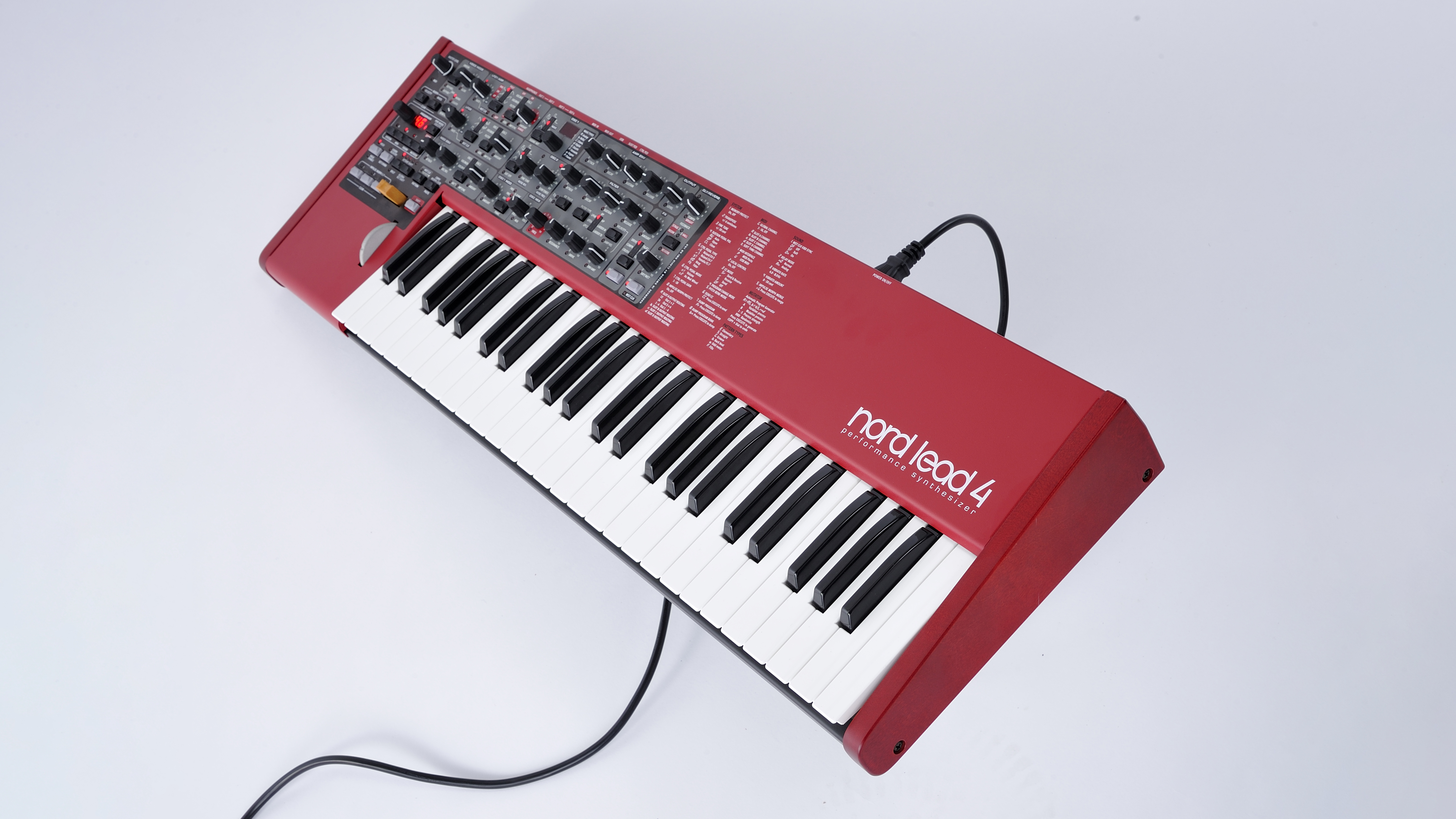
Like most advancements in music technology, the journey of virtual analogue synthesis is not a linear one – it's a story told through the various designs of many different manufacturers and brands. So, buckle up as we dive into the history of VA synths and find out why they remain enduringly popular, three decades on from their invention.
Originally, 'virtual analogue' was a marketing term popularised by manufacturers like Clavia to furnish their instruments with an identity, but the designation doesn’t simply refer to a digital synth. In fact, there are two qualities that distinguish a virtual analogue synth from other digital predecessors like the Roland JD-800 or the D-50.
First and foremost, the sound generation engine in a VA synth is DSP-based, so rather than using digital samples as oscillators, waveforms are generated algorithmically on a computer platform and converted from digital audio to an analogue signal at the output stage.
Though the primary purpose of VA synths was to mimic their analogue counterparts, they ended up doing so much more
The other key aspect of analogue modelling synths, as they are also known, is the interface design. VA synths use a familiar control layout based on subtractive analogue synthesis, so the learning curve is friendlier than other digital synths, such as the notoriously complex Yamaha DX7. And though the primary purpose of VA synths was to mimic their analogue counterparts, they ended up doing so much more.
As we approached the mid-1990s, the reign of the digital giants of yesteryear was steadily waning. As pop music grew increasingly dominated by guitars, samplers, and ROMplers, space for new ideas opened up in the music technology space, especially with the development of digital audio workstation software.
In 1995, the first VA synths appeared on the market, manufactured by Japanese synth giant KORG and a Swedish company called Clavia Digital Musical Instruments, which was previously known for creating electronic drum pads with EPROM-based sound modules.
Many didn't realise it at the time, but the launch of the Clavia Nord Lead was particularly significant, as it showed the music tech world the power of having an incredibly well-designed software engine running on a £20 DSP chip. With 4-part multitimbrality, 4-voice polyphony (expandable to 12), and no effects, the first Nord Lead's specs weren't mind-blowing for a £1500 "digital" synth.
Want all the hottest music and gear news, reviews, deals, features and more, direct to your inbox? Sign up here.
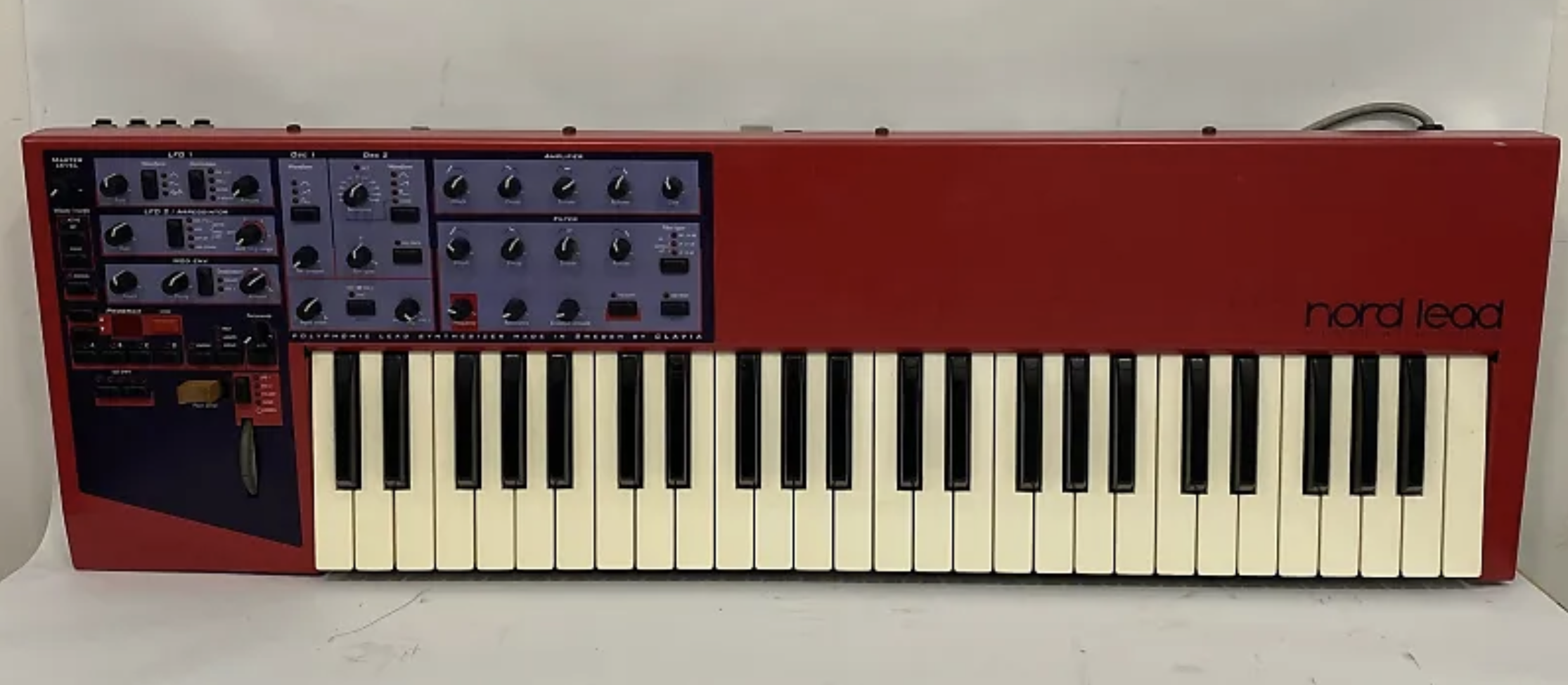
However, this was just the beginning. The unmistakable red keyboard was an instant hit with its unique wooden pitch stick and stone-like mod wheel, and most importantly, it played like an analogue synth. Despite its 18-bit DA stage, the first Nord Lead sounds great even today, giving it a strong identity as an instrument, and hence, its descendants are still available three decades later.
On the other side of the spectrum, the similarly priced KORG Prophecy was released in the same year, but it certainly didn't become the virtual analogue poster child like the Nord Lead. KORG – who love a good acronym – created the Prophecy using technology from its cutting-edge OASYS platform, injecting the idea of a single-layer monophonic performance synth with a hefty dose of steroids.
With its MOSS engine, the Prophecy offered sound creation using five different types of synthesis with nine different oscillator modes, dual resonant multimode filters, six advanced envelopes, four LFOs, and a range of tasty effects. Despite the impressive sound and capabilities, both the Prophecy and its polyphonic successor, the Z1, suffered due to its lacklustre looks and unfriendly interface.
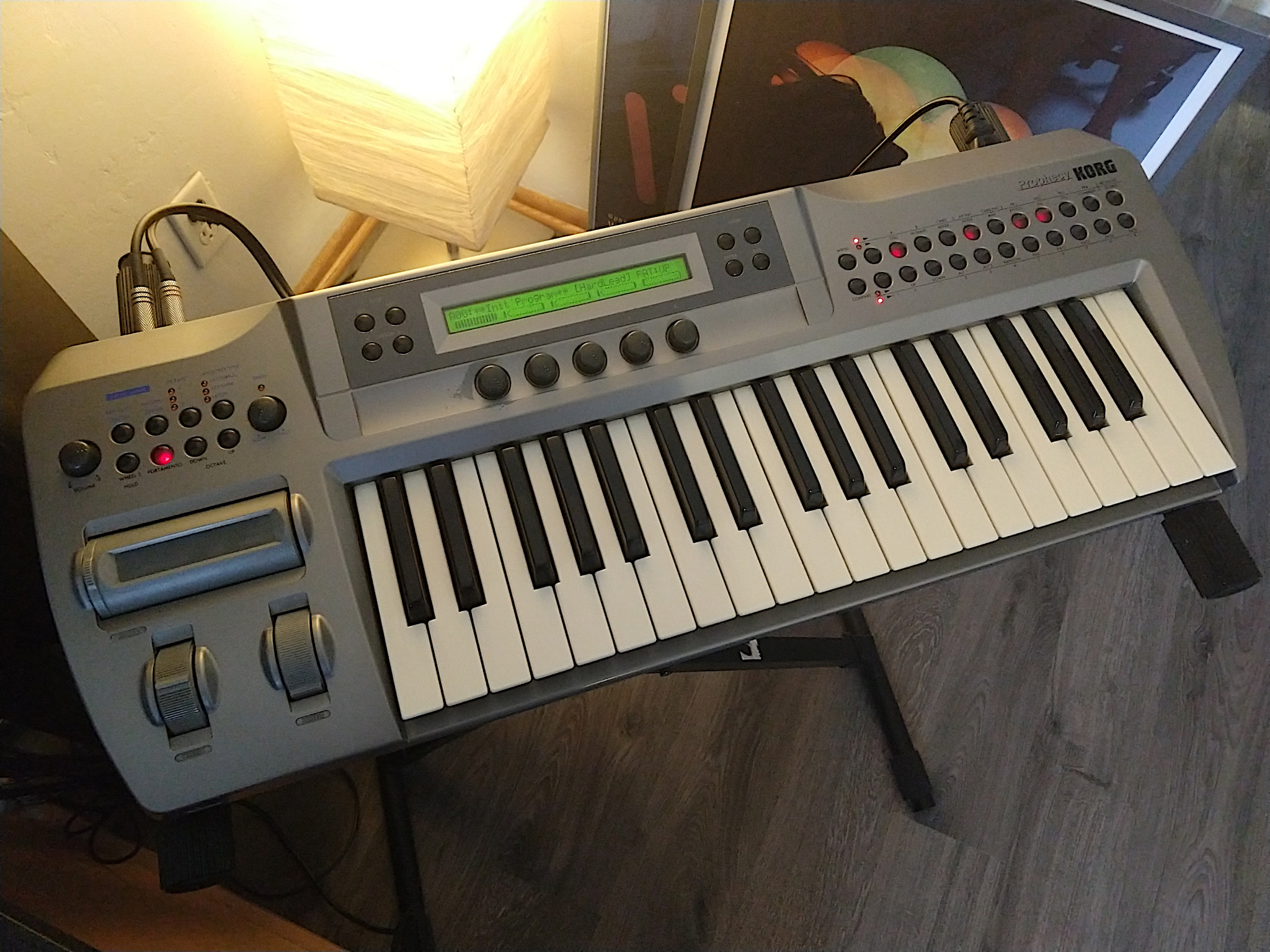
Nevertheless, the Prophecy remains immortalized in popular culture through Liam Howlett's extensive use on The Prodigy's multi-platinum-selling third studio album, The Fat Of The Land. Although KORG may have lost this particular VA battle, the war was far from over, and the negative market feedback would ultimately prove invaluable in the company's future endeavours.
The emergence of VA synths on the market understandably caused a stir, inspiring established brands like Roland and Yamaha to step into the fray, followed closely by offerings from Novation and Waldorf. Meanwhile, the stage was set for a certain German manufacturer, specializing in DSP-based synthesis, to go toe-to-toe with Clavia.
Drawing from the company's immense back catalog, Roland showed up at NAMM 1997 with the JP-8000, a DSP oscillator-driven dual-layer 8-voice keyboard. Its accessible interface provided a perfect balance of playability and sonic appeal, so it's no wonder that its euphoric sound became synonymous with trance music and its associated subgenres.
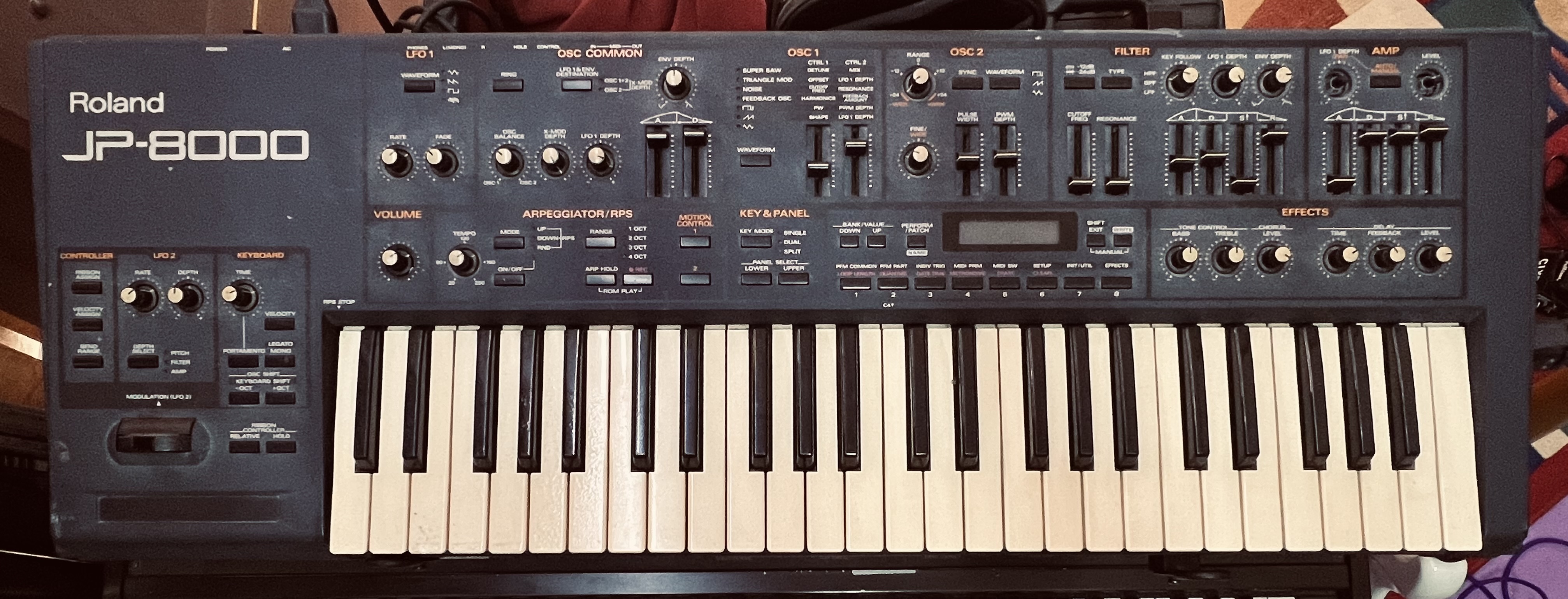
In comparison, Yamaha's first true VA synth, the AN1x, was a great-sounding and competitively priced option. However, without an attractive-looking knob-populated interface, it didn't really move the needle in terms of popularity, especially by Yamaha standards. As a complete contrast, the Access Virus A, released the same year, became the first true competitor for the Nord Lead.
Although there was no keyboard model initially, the Virus A offered 12-voice polyphony, 16-part multitimbrality, and a world of effects processing, all contained within a powerful 20-bit DSP-based synth engine. Despite the high initial price tag ($2000), the German wonder-machine was viewed as the Ferrari of synthesizers for a time, and would go on to become one of the most influential instruments of its kind from a design perspective.
Meanwhile, with a pre-emptive move, Clavia released the Nord Lead 2 with expanded polyphony (16 voices), upping the ante shortly after with the Nord Modular, which offered an immensely flexible sound creation environment and a software editor on Windows and macOS. Both these new Nords had four stereo outputs (the Virus A had three), which made the VA synths of 1997 extremely versatile instruments both in the studio and on stage.
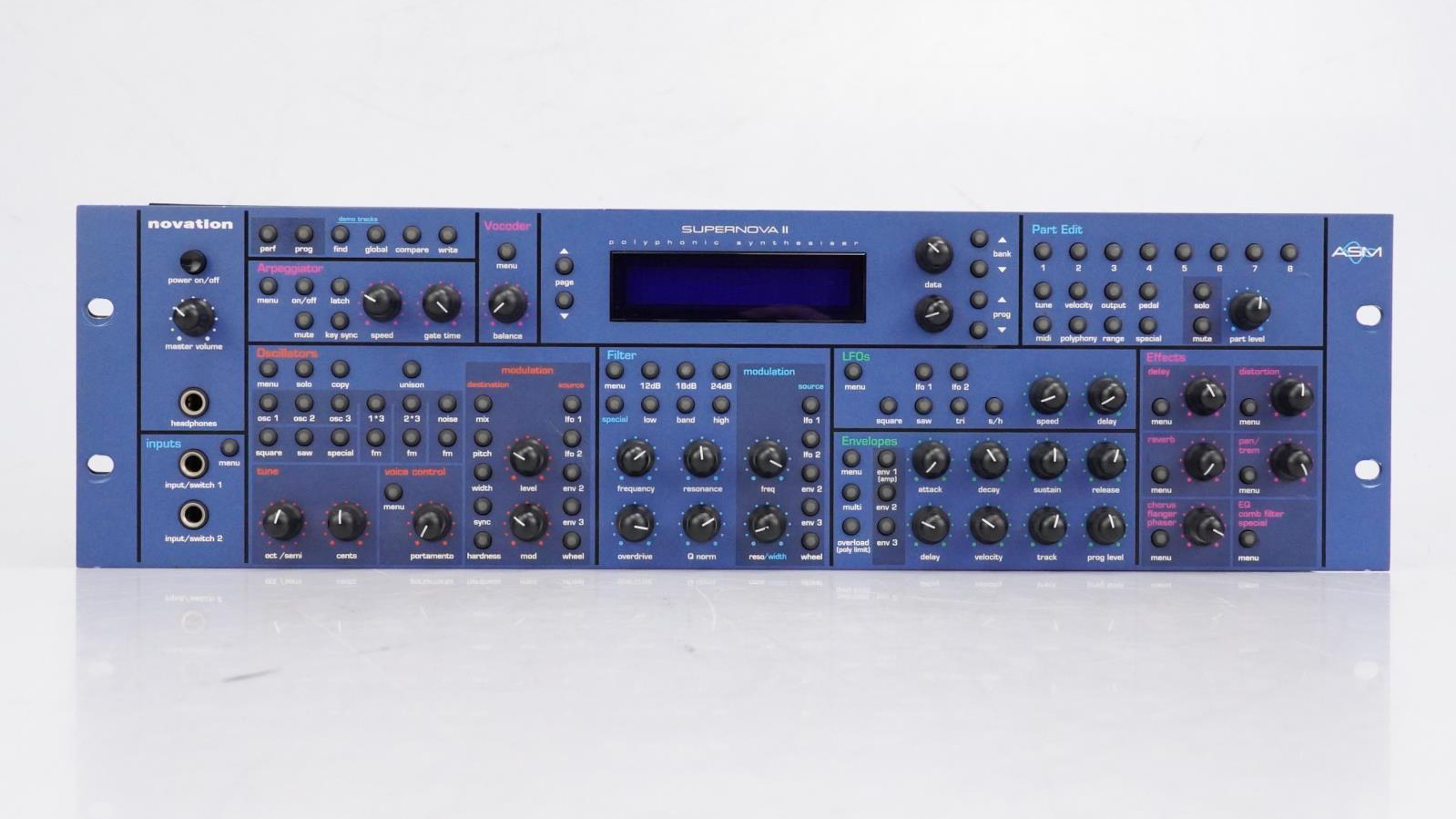
The following year, the British invasion began with Novation's first VA synth, the formidable Supernova, which matched and even outperformed its competitors in many ways. However, it was perhaps the star that burned too brightly, and it was discontinued following the release of the Supernova II in 2001, as Novation took a more accessible direction with its designs.
Another renowned digital synth manufacturer that had been waiting in the wings was Waldorf. In 1999, the German company unleashed its first VA synth, the Axel Hartmann-designed Q. With an incredible sound engine, as well as innovations like a 25-band vocoder, a 32-step pattern sequencer, and even an S/PDIF output, the Q was a powerful instrument indeed.
Despite all its bells and whistles, the Q was largely perceived as a work in progress with a $3000 price tag, and the rise of workstations like the KORG Triton made it more of a niche product.
In spite of the widespread Y2K paranoia, the turn of the millennium seemed to flip the VA synth market into overdrive. As heavy hitters like Clavia and Access continued to update their flagship instruments, it opened up the entry-level end of the market for some inspiring synths from KORG, Novation, and Alesis.
We also saw the advent of native synth plugin technology within DAWs such as Cubase and Logic, while Access Music stayed on top with the Virus TDM plug-in that harnessed Pro Tools’ external DSP systems. In just a few short years, KORG pivoted from the somewhat obscure approach used with the Prophecy and Z1 towards the legacy-inspired MS2000, taking cues from Roland’s JP-8000 and JP-8080.
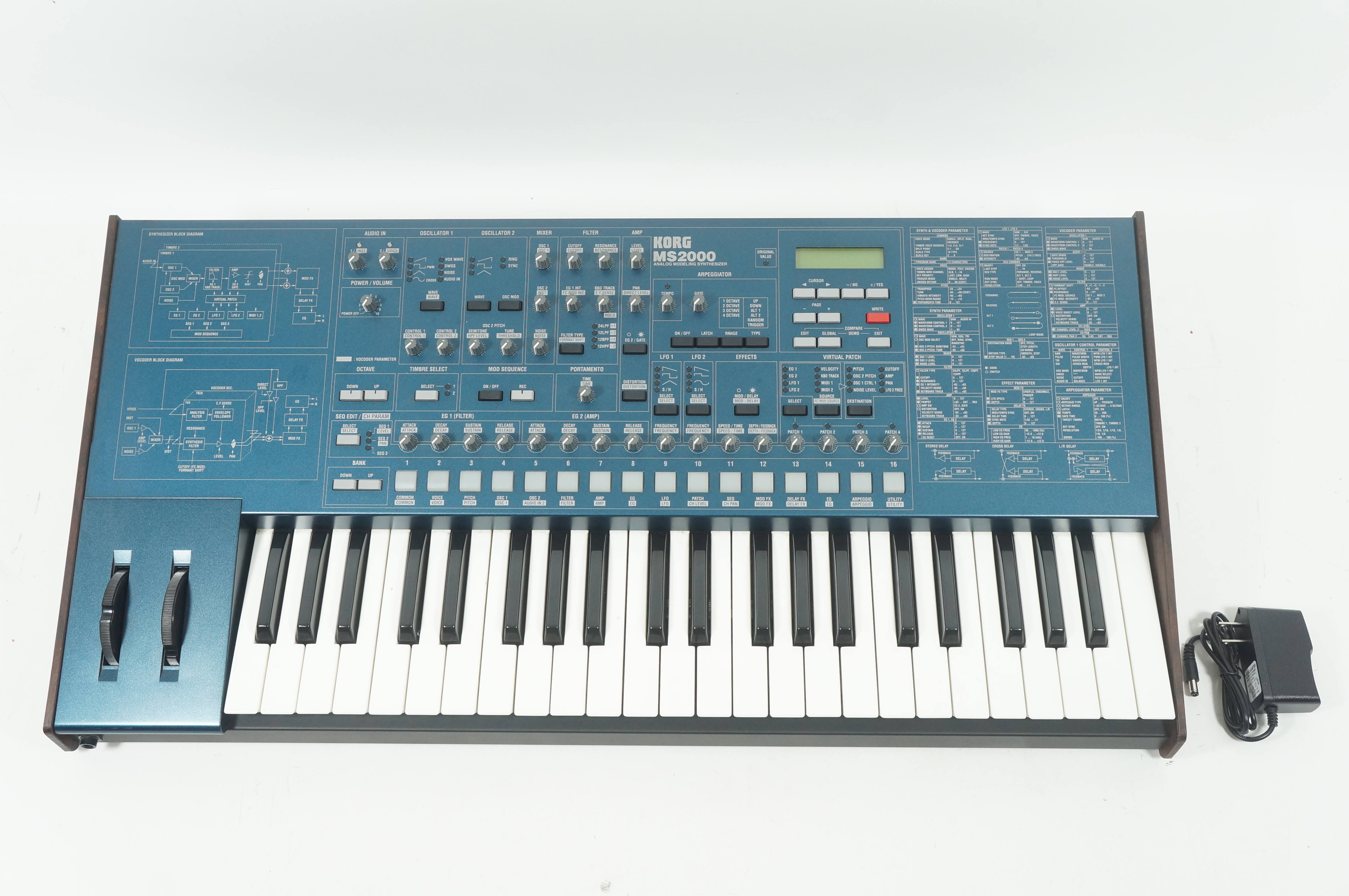
Drawing from the beloved MS series from the late 1970s, the MS2000 provided a certain familiarity that compensated for some of its limitations. The millennial MS2000 proved to be pivotal for KORG: features like 16-step mod sequencer would stand the test of time, while its accessible interface and sound engine paved the way for the microKORG's release in 2002, an instrument that became one of the best-selling synths of all time.
Subsequently, Roland took things in the complete opposite direction with their new flagship V-Synth in 2003, while Novation followed KORG’s move into more prosumer-style designs. In 2004, they released the Novation X-Station, combining a MIDI controller, audio interface, and VA synth engine in one affordable package, and one of the first definitive ‘bedroom producer’ instruments.
After creating the Starship Enterprise of analogue polysynths with Axel Hartmann in 2000, the Andromeda A6, Alesis turned its focus to the VA synth market and didn't disappoint. Rather than trying to out-VA Clavia or Access, Alesis released the Ion in 2002, followed by the Micron in 2004, offering consumers high-quality DSP-based synthesis at an amazing price point.
Meanwhile, just prior to this, Clavia was approaching the peak of its powers with the launch of the Nord Lead 3, without a doubt one of the finest VA synths ever designed. Featuring greater polyphony (24 voices) and FM synthesis capabilities, the Lead 3 also benefitted from LED-ringed knobs that made the interface easier to navigate, a feature that was sadly never repeated.
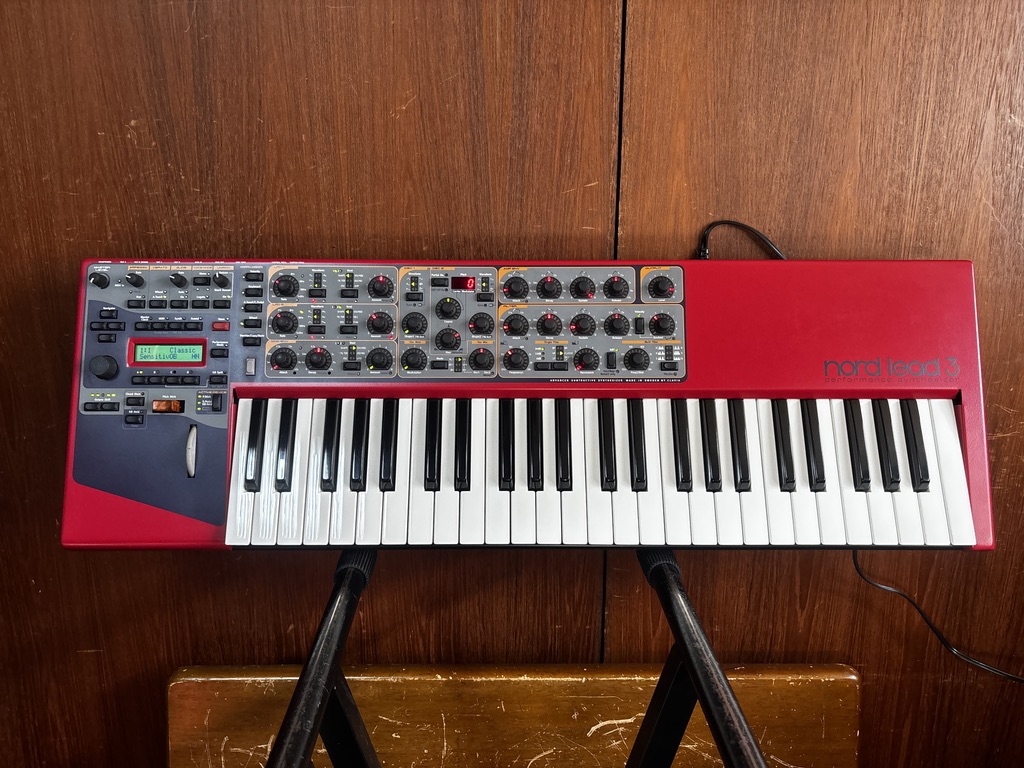
Although the Nord Modular G2 system provided unparalleled synthesis depth and flexibility, the pinnacle of virtual analogue was reached in 2005 with the Virus TI series. Instead of a software editor, the Total Integration technology allowed you to utilize the synth’s dual-core DSP system in your DAW via the well-designed Virus plugin, giving synthesists the best of both worlds.
Its endless spec sheet aside, Virus TI still felt like an analogue synth when used as a standalone instrument – the release of the compact TI Snow in 2008 gave users a more affordable way to bring this powerful VA synth into their home studios and keyboard rigs. In 2006, KORG responded in kind with the RADIAS, an OASYS underling that squeezed analogue modelling, digital waveguide and phase distortion synthesis into one versatile module.
The impressive RADIAS offered deep synthesis capabilities, a clean, aliasing-free modelling engine, a dual 32-step pattern sequencer with 8-voice per-step polyphony, a software-based editor and a 16-band vocoder, but many users longed for the raw simplicity of the MS2000, and KORG's more advanced VA exploits ended up being channelled into its workstation synths and keyboards.

The history of virtual analogue synths is lined with giants, but which instrument stands tallest? "For me, it's either the Nord Lead or MicroKorg, both for their place in history as well as their demand,” says Reverb’s resident synth expert Theron Humiston. “The Nord Lead was one of the first VA synths, back when digital synths with archaic interfaces were the norm. Meanwhile, the MicroKorg is one of the best-selling synths of all time. Both synths are still in production today, and are mainstay pieces of gear for musicians across the globe."
At a time when native processing was still in its infancy, the hardware DSP engines in VA synths provided stacks of high-quality sounds with powerful effects and flexible routing that simply wasn't available elsewhere. VA architecture placed a broad spectrum of sound sources, ultra-high voice counts and multitimbrality in compact keyboards and modules that excelled in both studio and live contexts.
Compared to the analogue synths available in the mid to late ‘90s, VA synths offered stable tuning and a diverse sonic palette. With one decent VA synth, you could convincingly recreate your favourite sounds from classic analogue synths like the miniMoog, Juno, ARP 2600, or the Prophet 5. This made synths like the Nord Lead and Access Virus essential production tools for a generation of artists, from dance music producers like Infected Mushroom and Armin Van Buuren to live acts such as Depeche Mode and The Prodigy.
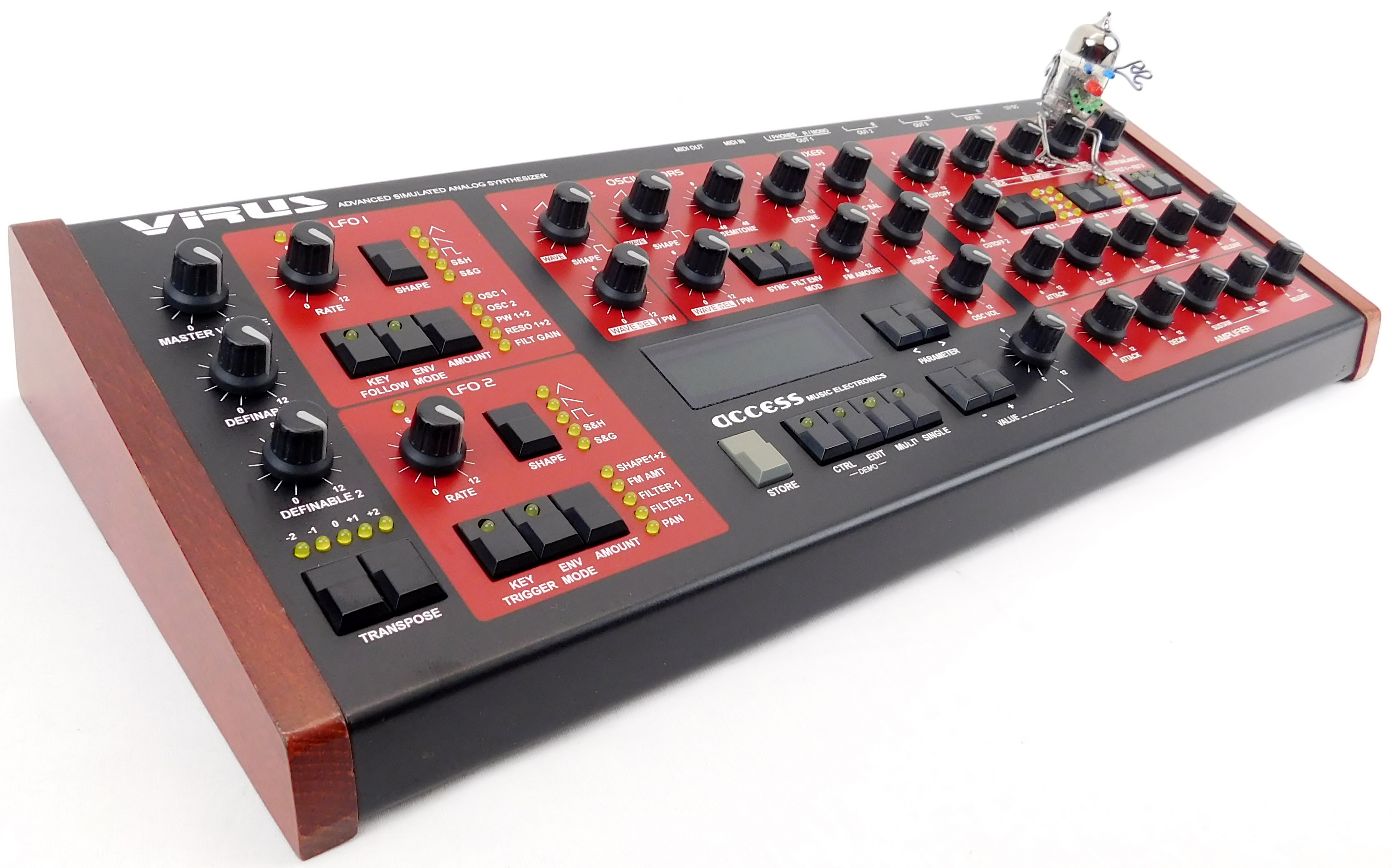
Eventually, the inevitable reckoning would come for VA synths in 2006, as Apple transitioned to Intel processors. This market shift meant the power of native processing began to increase even faster with each passing year. New synth plugins like Spectrasonics Omnisphere took full advantage of this, offering a hybrid sound engine and a seemingly endless sound library within a convenient plugin interface, diminishing demand for virtual analogue hardware synths dramatically.
Although some powerful VA synths still appeared on the market, such as the Arturia Origin and the Waldorf Kyra, crucial flaws prevented these designs from recapturing the magic of the late ‘90s and early ‘00s, virtual analogue’s golden age. Following the modern analogue synth resurgence and the growing prevalence of ultra-affordable instruments from manufacturers like Behringer, the idea of buying a professionally-priced VA synth began to seem a little redundant, if you’re only aiming to make a few Moog or Juno sounds.
“Being able to twist knobs instead of clicking around in a DAW feels more like you’re making music”
The convenience offered by virtual analogue plugins may be hard to resist, but for many musicians, nothing can match the experience of a hardware VA synthesizer. "The immediacy of dedicated hardware is hard to beat,” says Humiston. “Being able to twist knobs instead of clicking around in a DAW feels more like you’re making music.”
It may not be the dominant force that it once was, but the virtual analogue dream is still alive today. “Virtual analogue mainstays such as the Korg microKorg, Roland TR-8S, and Yamaha Reface CS are among the best-selling products on Reverb,” says the company’s Analytics Director Cyril Nigg, highlighting the instruments’ enduring appeal for consumers.
Three decades on from the birth of virtual analogue, modern hardware options like the Modal Cobalt8 and the KORG Multi/poly allow users to experience the joy of VA without paying pro synth prices, and Roland has embraced VA synthesis wholeheartedly with its flexible ZEN-Core system, giving customers access to an ever-expanding library of sounds from the company’s most iconic instruments. With KORG and Roland at the forefront today, rather than Clavia and Access Music, virtual analogue synthesis remains an integral part of the music technology landscape.
You must confirm your public display name before commenting
Please logout and then login again, you will then be prompted to enter your display name.